Search
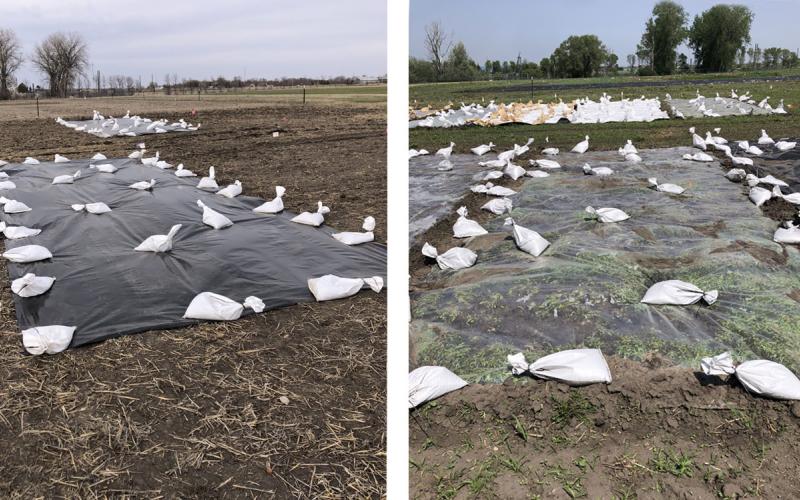
What is Soil Tarping and Why is it Used?
Soil tarping is a technique that uses large tarps to cover a growing space in order to reduce weeds and improve soil health before planting. Learn some expert insights into two commonly used soil tarping strategies.
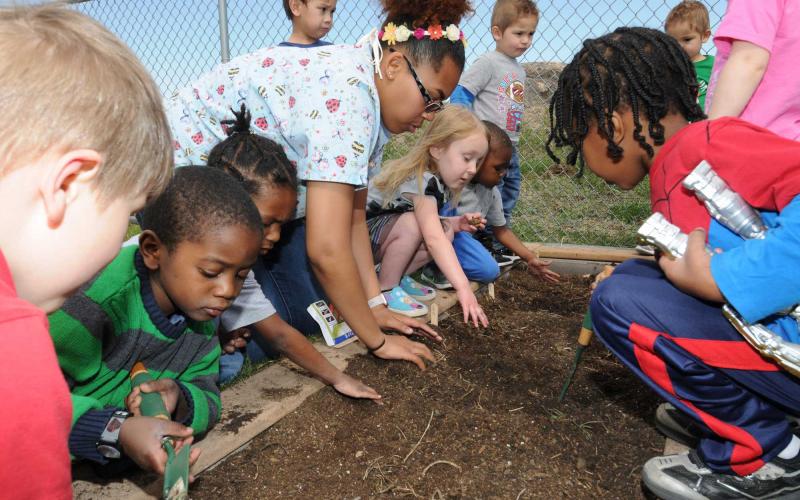
Stupendous Soils
Lesson for youth to discover the characteristics of different soil types and how to make compost.
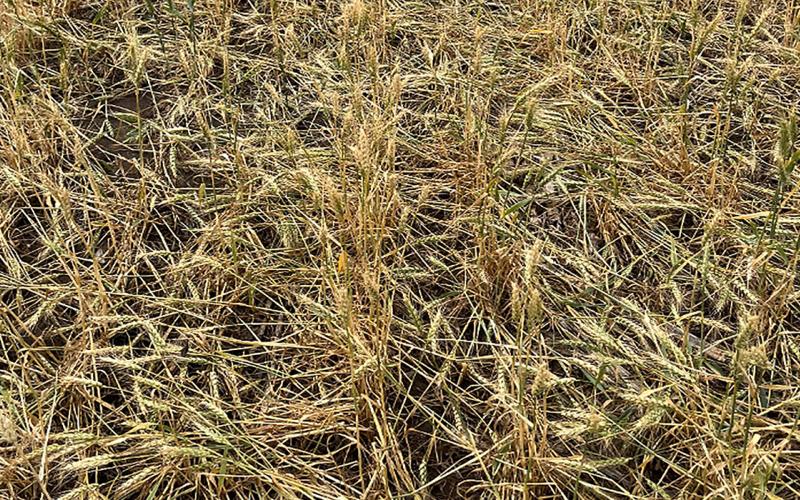
Hessian Fly Pupae Detected in Central South Dakota
Recent reports of lodged wheat in central South Dakota revealed Hessian fly pupae in the lodged plants. Learn how to identify and manage this pest before it impacts your wheat harvest.
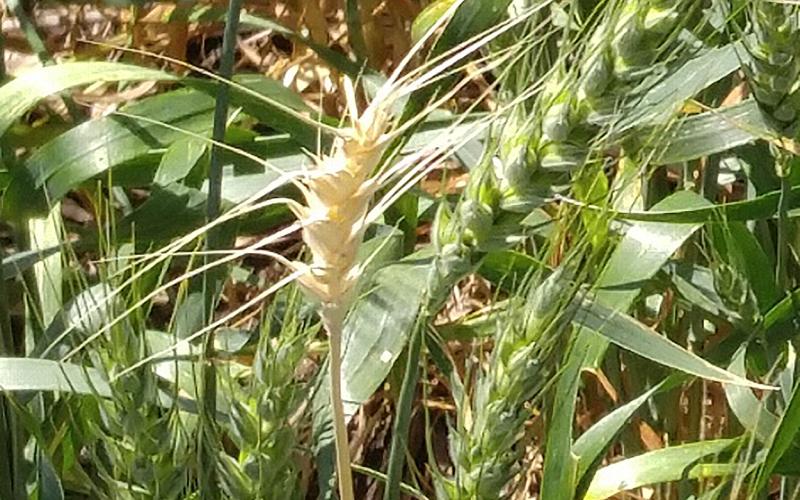
Wheat Stem Maggots Observed in South Dakota Wheat
When scouting wheat, the presence of bleached heads is often the result of feeding activity by wheat stem maggots. Learn some expert tips for identifying this pest and recognizing its activity in wheat.
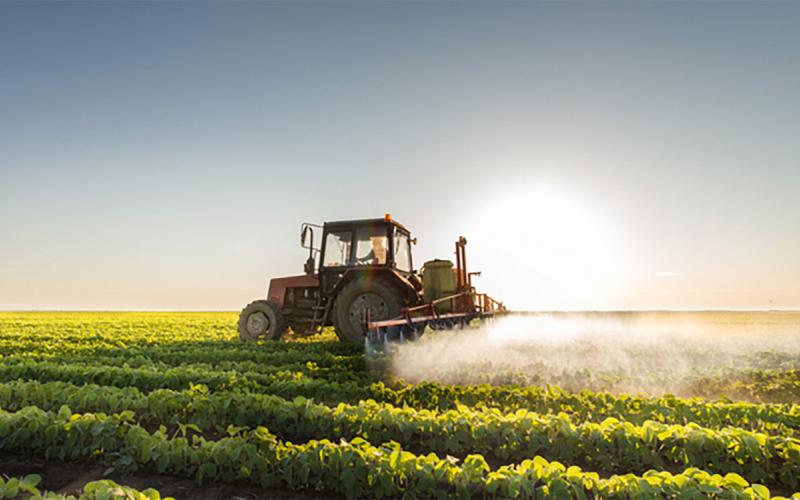
Herbicide Resistance Detection in the Field
Have you noticed weeds surviving a typically lethal herbicide application? There’s a chance they’ve developed herbicide resistance. Learn some expert tips for detecting and confirming resistance in fields.
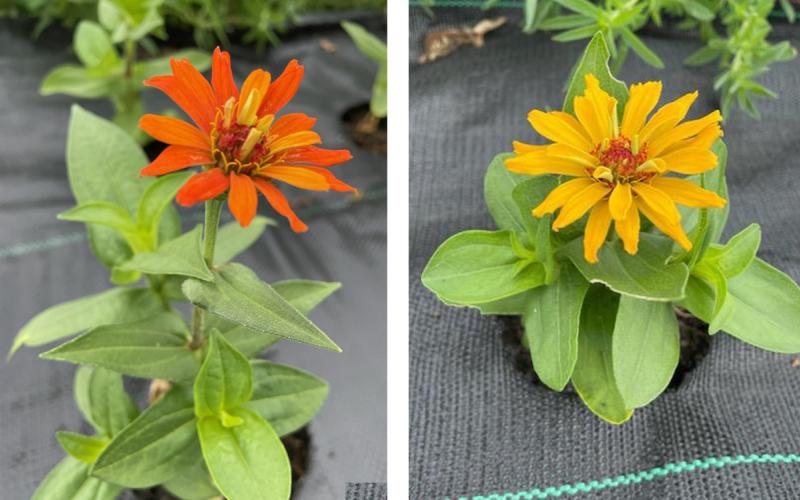
Beneficial Flowers for Organic Vegetable Production Systems
Learn about a wide variety of flowers that can be planted in guard rows among vegetables to attract beneficial insects and reduce pest pressure in organic vegetable gardens.
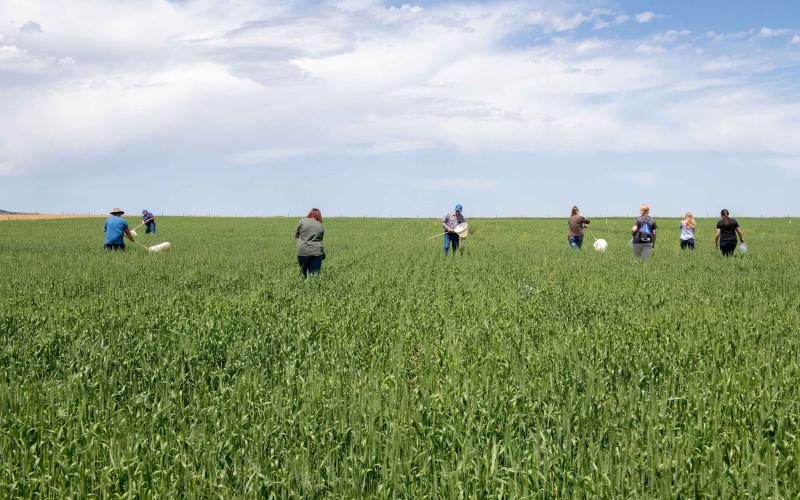
The South Dakota State University West River Research Farm to host Field Day on July 11
July 07, 2023
The South Dakota State University West River Research Farm Tour will be held on July 11 near Sturgis, South Dakota, running from 4 p.m. to 7 p.m.
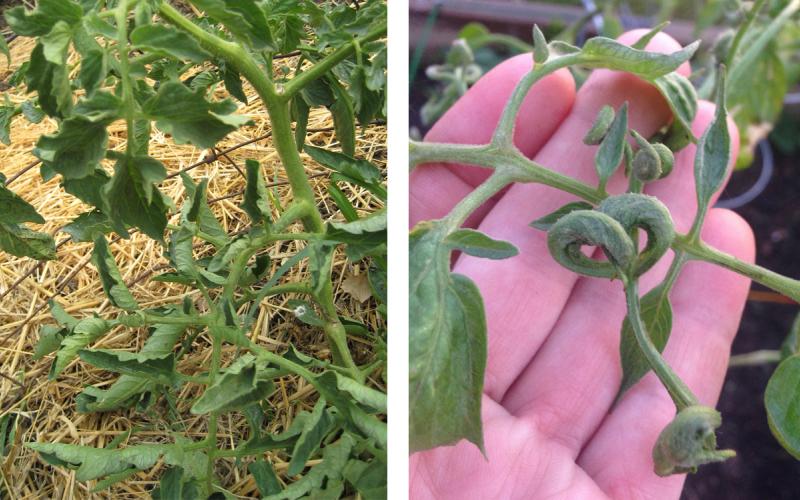
Why Are My Tomato Leaves Curled Up?
Rolled up leaves on tomatoes are a common occurrence in South Dakota. From physiological responses to the environment to damaging herbicide exposure, learn about some of the common causes behind rolled tomato leaves.
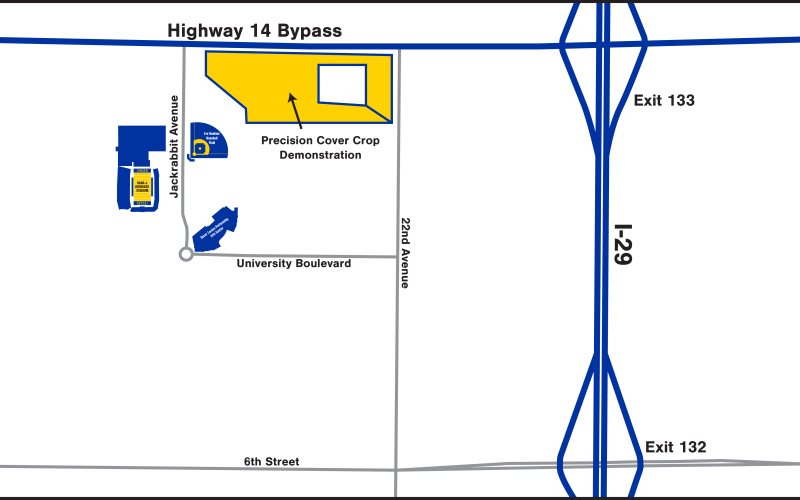
SDSU Extension to co-host Precision Cover Crop Demonstration Day on July 20
July 14, 2023
South Dakota State University Extension and the United States Department of Agriculture Natural Resources Conservation Service will host a Precision Cover Crop Demonstration Day starting at 9 a.m. on July 20, 2023, near Brookings.
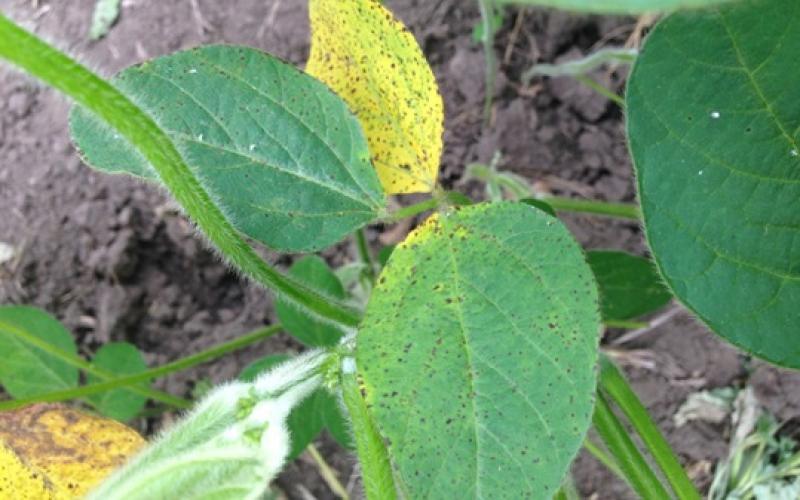
Soybean Diseases Update
A few soybean fields scouted had between low to moderate levels of brown spot (also known as Septoria leaf spot). Soybean planted into soybean stubble had elevated levels of brown spot.